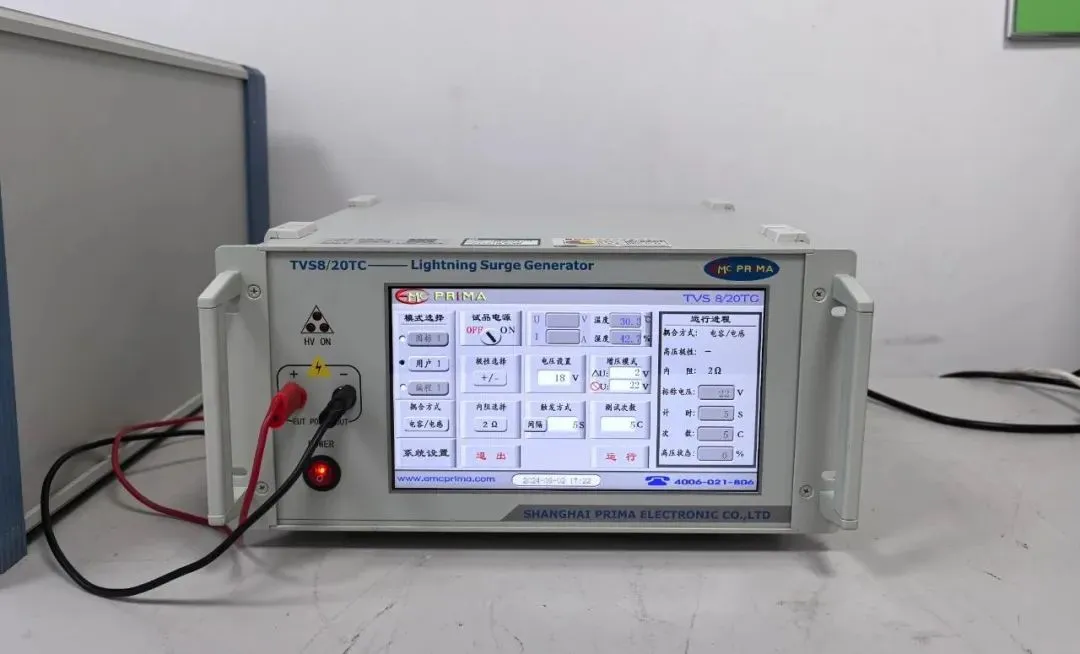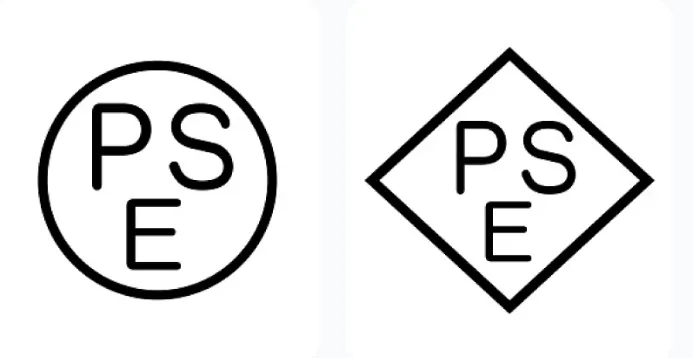
Restriction of Hazardous Substances (RoHS) Test
What is RoHS?
The Restriction of Hazardous Substances in Electrical and Electronic Equipment (RoHS) is a directive of the European Union, officially known as "Restriction of Hazardous Substances in Electrical and Electronic Equipment." Hereafter referRED to as the "RoHS Directive," it aims to restrict the use of certain hazardous substances in electrical and electronic equipment to protect the environment and public health.
As the production and use of electrical and electronic products such as mobile phones, computers, and kitchen appliances continue to rise, so does the amount of electronic waste. Throughout their lifecycle, these products can release hazardous substances such as lead, mercury, and cadmium, leading to significant environmental and health issues. In response to this challenge, the RoHS Directive imposes restrictions on specific hazardous substances in electrical and electronic equipment under EU law. Concurrently, the WEEE Directive promotes the effective recycling and disposal of these devices. These regULations are designed to reduce the use of hazardous substances, promote sustainable management of electronic waste, and mitigate their adverse impact on the environment and human health.
Which products need RoHS Compliance?
1. Applicable Products: The RoHS Directive covers "Electrical and Electronic Equipment" or "EEE," which refers to equipment designed to operate with a rated voltage not exceeding 1000 V AC or 1500 V DC and which relies on current or electromagnetic fields to function properly, or equipment used for generating, transmitting, and measuring such currents and fields. Specific categories include:
- Large household appliances
- Small household appliances
- Information technology and telecommunications equipment
- Consumer equipment
- Lighting equipment
- Electrical and electronic tools
- Toys, leisure, and sports equipment
- Medical devices
- Monitoring and control instruments including industrial monitoring instruments
- Automatic dispensers
- Other electrical and electronic equipment not covered by the above categories
RoHS Restriction Requirements:
Restriction Requirements: As of February 5, 2024, the RoHS Directive restricts the use of ten substances and their maximum allowable concentration values:
- Lead (0.1%)
- Cadmium (0.01%)
- Mercury (0.1%)
- Hexavalent chromium (0.1%)
- Polybrominated biphenyls (PBB) (0.1%)
- Polybrominated diphenyl ethers (PBDE) (0.1%)
- BIS(2-ethylhexyl) phthalate (DEHP) (0.1%)
- Benzyl butyl phthalate (BBP) (0.1%)
- Dibutyl phthalate (DBP) (0.1%)
- Diisobutyl phthalate (DIBP) (0.1%)
Please note that under the RoHS Directive, manufacturers must ensure that none of these restricted substances exceed the specified maximum concentration values.
JJR Laboratory in China is an IEC 17025 accredited laboratory offering ROHS Testing services, located in China, helping businesses save up to 30% on certification costs.
Email:hello@jjrlab.com
Write your message here and send it to us
 Canadian Rug Flammability Testing
Canadian Rug Flammability Testing
 Toy Flammability Test Compliance Certification
Toy Flammability Test Compliance Certification
 ISO 17025 Accredited Test Laboratory
ISO 17025 Accredited Test Laboratory
 What is Amazon California Proposition 65?
What is Amazon California Proposition 65?
 New METI Registration Regulations in Japan
New METI Registration Regulations in Japan
 Attention for Amazon Japan Sellers: New PSE Regula
Attention for Amazon Japan Sellers: New PSE Regula
 Compliance with Japanese Representative & METI
Compliance with Japanese Representative & METI
 ZigBee-LoRa-Z-Wave Product compliance testing
ZigBee-LoRa-Z-Wave Product compliance testing
Leave us a message
24-hour online customer service at any time to respond, so that you worry!




